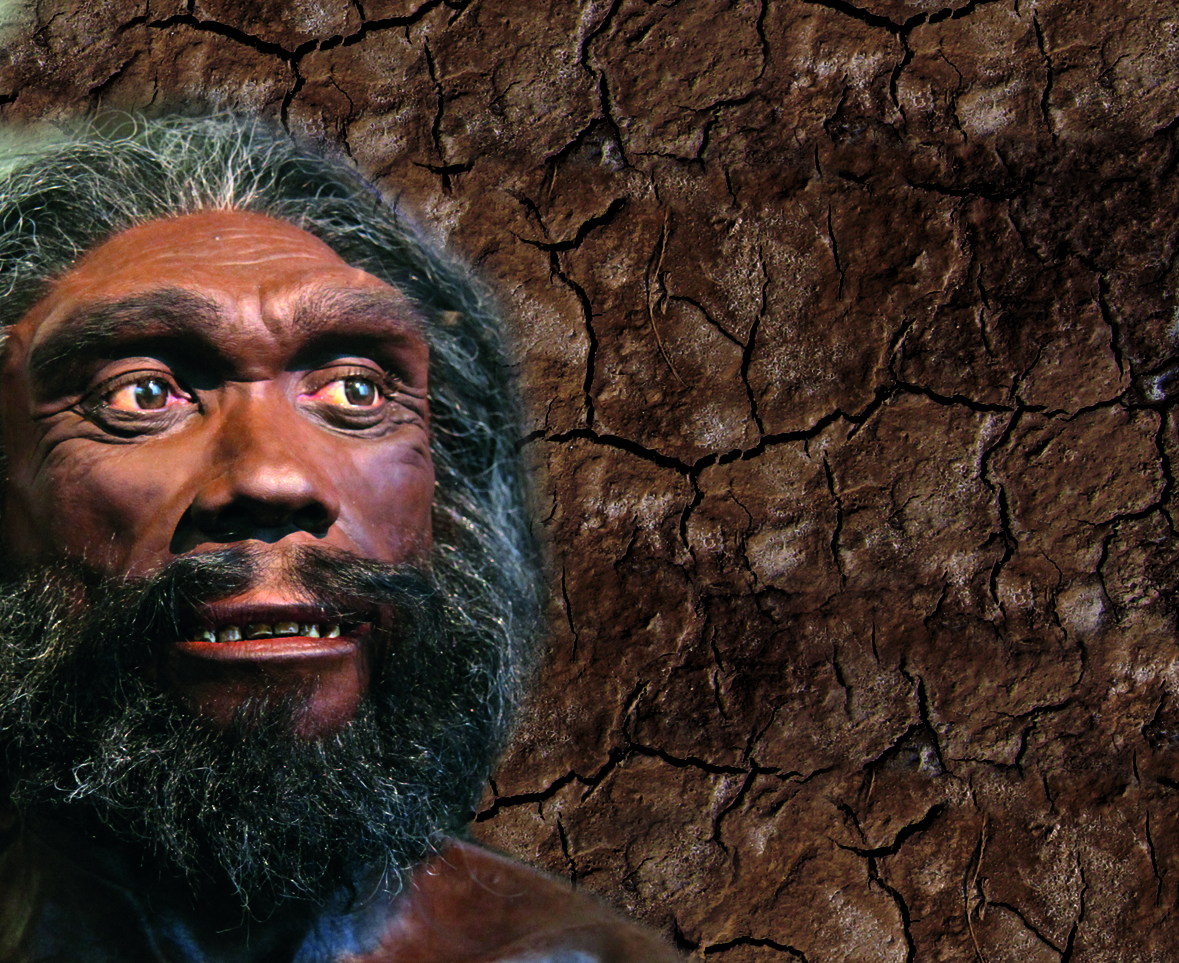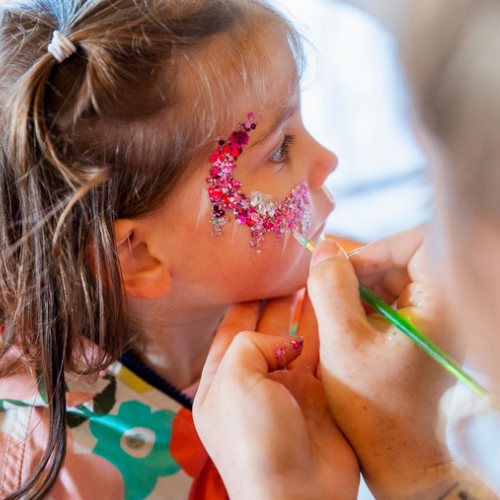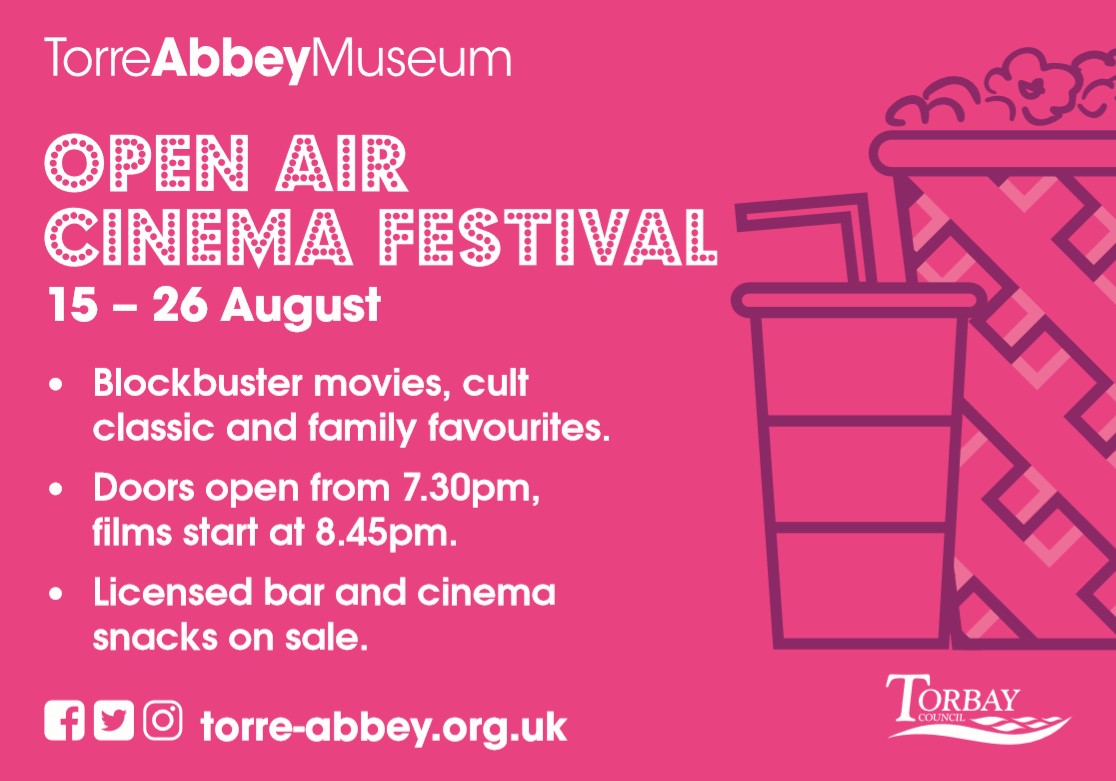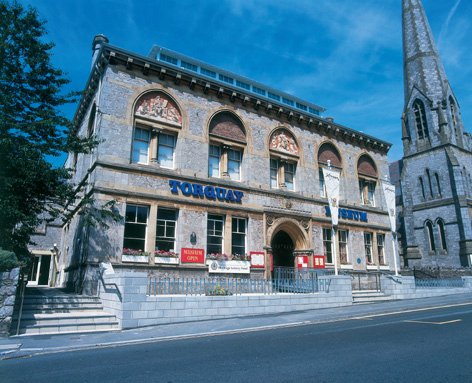An exhibition has opened at Torquay Museum that gives visitors a unique opportunity to see two of the oldest human fossils in Britain. This hands-on exhibition, Britain’s First Humans, runs until 12th December and features rarely-seen fossils from a touring exhibition, Humans in Ancient Britain, by London’s world-famous Natural History Museum.
To help celebrate Torquay Museum’s Britain’s First Humans exhibition, archaeologist Phil Harding, of Channel 4’s hugely popular Time Team series, will be giving a lively talk and demonstration on ancient flint-tool making at Torquay Museum on Thursday 24th September. Spaces are limited so contact Torquay Museum on 01803 293975 to reserve your tickets.
Torquay Museum is the permanent home of Britain’s oldest fossil of our own species, Homo sapiens, which was discovered in Kents Cavern and dates back 41,000 years. But in a remarkable first, Torquay Museum’s Britain’s First Humans exhibition now brings together this ancient human fossil with Britain’s oldest human ancestor fossil, of the species known as Homo heidelbergensis, which dates back half a million years and is normally housed at the Natural History Museum. It is believed that Homo heidelbergensis was the ancestor of modern humans and Neanderthals.
“We are very fortunate that the Natural History Museum has loaned us Britain’s oldest human fossil,” says Torquay Museum Curator of Collections, Barry Chandler. “Few people have had chance to see it outside of London, so the people of Devon are lucky indeed that such a historic object is now on show in Torquay. This remarkable fossil was discovered during archaeological excavations at Boxgrove, West Sussex in 1993. It is the shinbone from a powerfully built human ancestor species known as Homo heidelbergensis.”
Britain’s First Humans exhibition tells the story of the first pioneering human ancestors that reached this country more than 800,000 years ago, and their descendants, together with the remarkable and exotic animals that they shared Britain with. From terrifying scimitar cats and cave lions to enormous extinct 3 ton rhinos and ancestral bears, Britain’s early humans rubbed shoulders with some formidable animals.
The story of humans in Britain stretches back nearly one million years. At least four different human species have settled here. All faced severe climatic changes and none managed to settle here permanently until today. We are in the latest wave of human occupation, which began about 12,000 years ago.
Torquay Museum’s Kents Cavern human fossil is one of the most important fossils in Europe, as it is not only the oldest human fossil of our species in Britain, but also the oldest in northwest Europe. The fossil, a fragment of jawbone which was discovered by Torquay Museum Curator Arthur Ogilvie in 1927, was dated to 41,000 years old using the latest scientific techniques in 2010. It is thought that the human that it belonged to quite probably shared his Torquay home with Neanderthals, woolly mammoths, scimitar cats, cave bears and hyaenas.
World renowned authority on human evolution, Professor Chris Stringer of the Natural History Museum, will deliver a talk on Britain’s First Humans at Torquay Museum at 2pm on Wednesday 14th October. Spaces are limited so contact Torquay Museum on 01803 293975 to reserve your tickets.



























